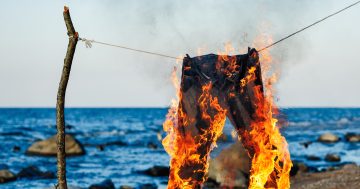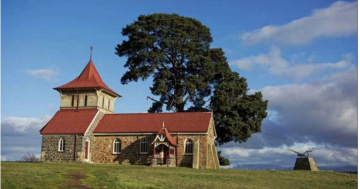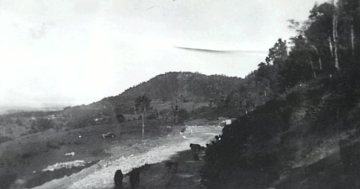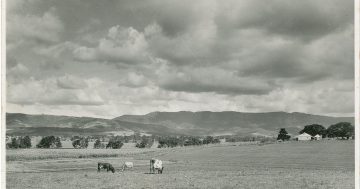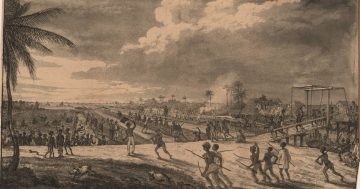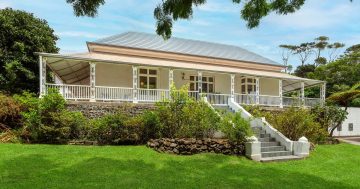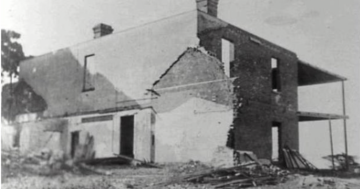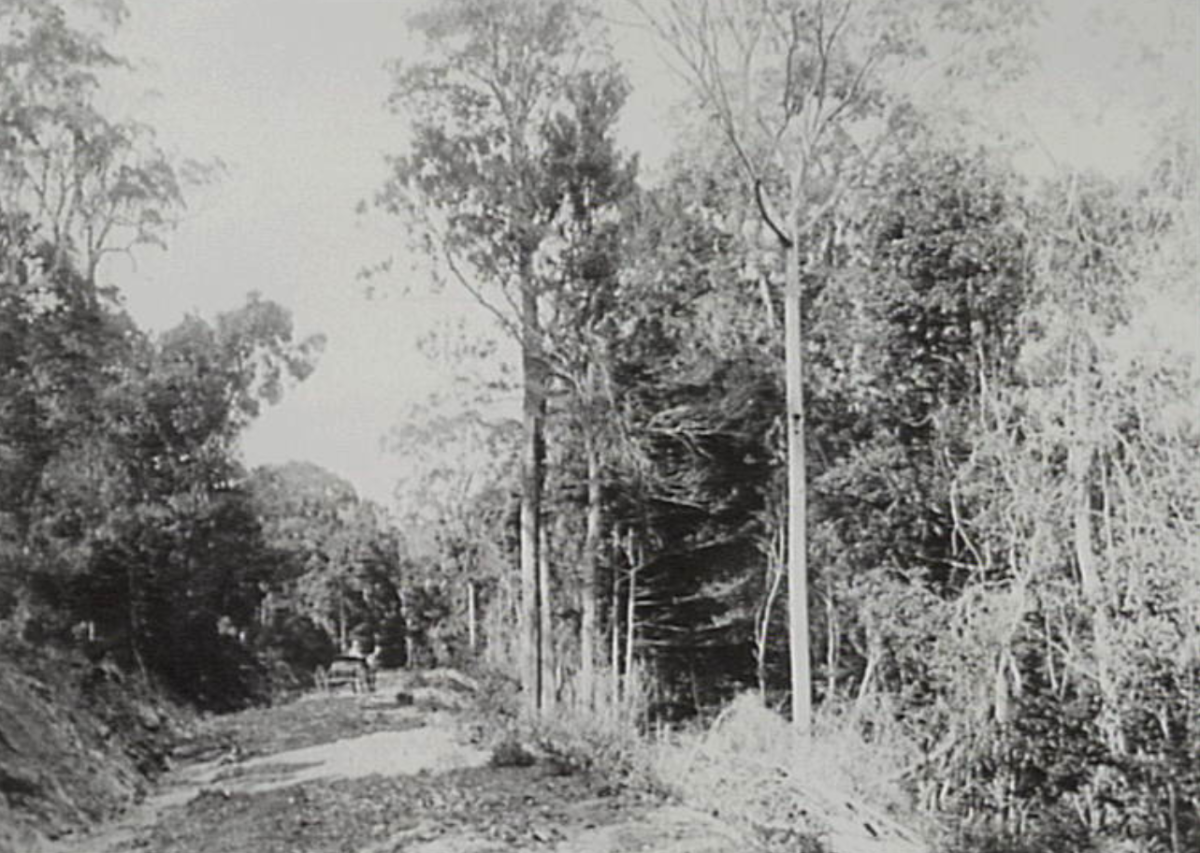
O’Brien’s Road, Figtree in the early 1900s. From the collections of Wollongong City Libraries and the Illawarra Historical Society – P08/P08708.
Gregory Blaxland was one of Australia’s most well known explorers.
Along with William Lawson and William Charles Wentworth, the trio became the first European settlers to successfully navigate a path across the Blue Mountains.
He was 35 years old and had been in NSW for eight years when he crossed the Blue Mountains in 1813, looking for more and better grazing land.
However, if Blaxland had had his way, he would also have been among the first Europeans to grow and cultivate tobacco in the Illawarra.
According to a 2017 article in the Illawarra Historical Society’s newsletter, Blaxland received extensive land grants in areas of his choosing and added to these by purchasing other parcels of land.
He also received government assistance in the form of convict labour. Despite these opportunities, Blaxland sought further land to expand his business and agricultural interests.
In recognition of his exploration, Blaxland was promised land in the newly opened area west of the Blue Mountains, but following a visit he made to the Five Islands district (Illawarra) in about 1815, he applied to exchange the additional land grant.
The Colonial Secretary approved the swap on 8 August 1816 and Blaxland was to receive 1000 acres (405 ha) “in the New District called the Five Islands”.
The historical society’s article said more than a decade passed before Blaxland followed through on this approval.
“While on a visit to London in 1827 he wrote to the Secretary of State for the Colonies seeking ‘encouragement to enable him to introduce the culture of tobacco into the colony,’” the article said.
“His request was denied but he persisted and on his return to the colony, he wrote to Governor Darling on 16 December 1829: ‘I have been to examine the land in the district of Illawarra. When I saw it 14 years back, I considered it the most eligible part of the Colony, I had then seen, for the culture of tobacco, and my last visit to it, has strengthened my former opinion. This circumstance I stated to the Under Secretary for the Colonies when in England and at the same time distinctly informed him (on his asking the question) that I intended, if possible, to take my land in this district’.
“Blaxland concluded his letter with a request that he ‘be allowed to take my land from the first reserve in the district of Illawarra, that nearest to the boat harbour on Mr Smith’s grant.’”
In the first months of 1830 there was some confusion about the exact location of the land Blaxland was seeking. He was denied his first choice of land near the boat harbour as this was reserved for a township.
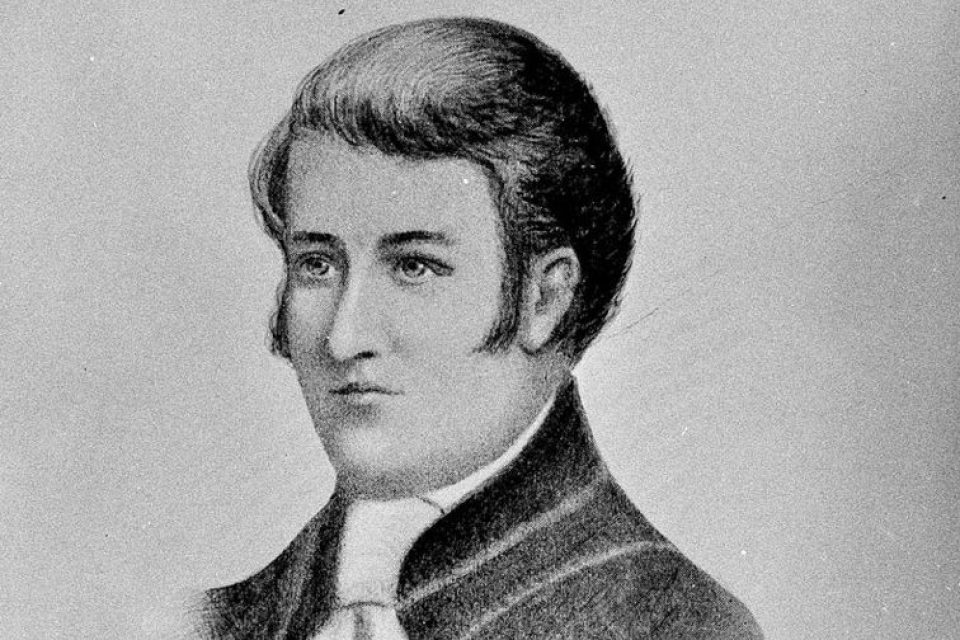
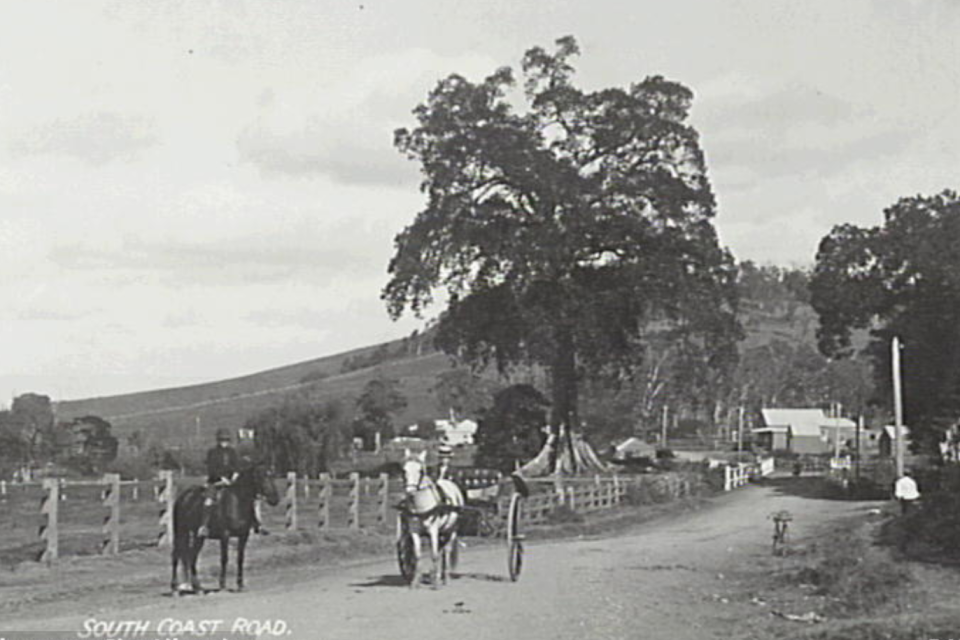
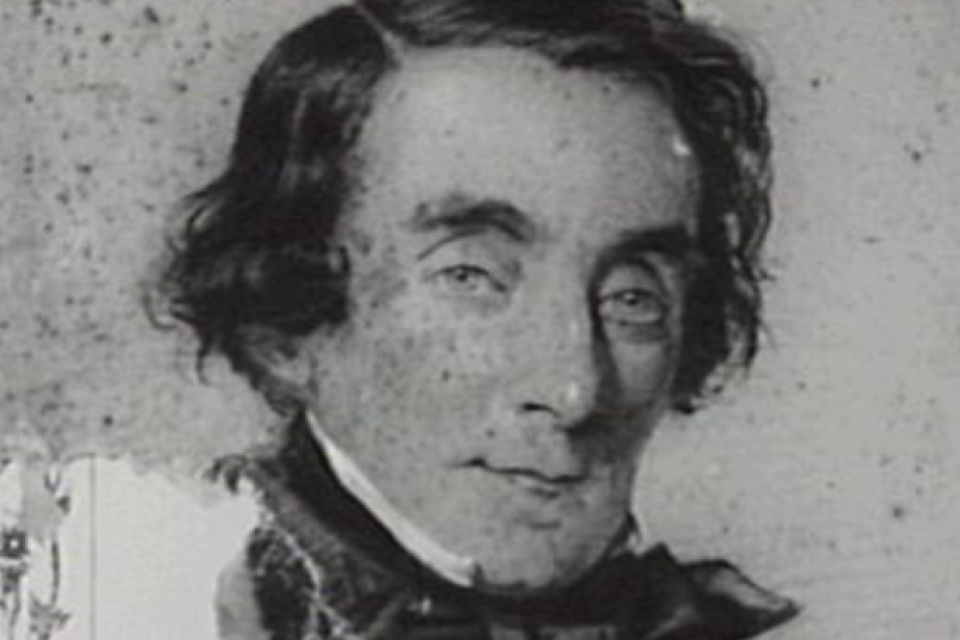
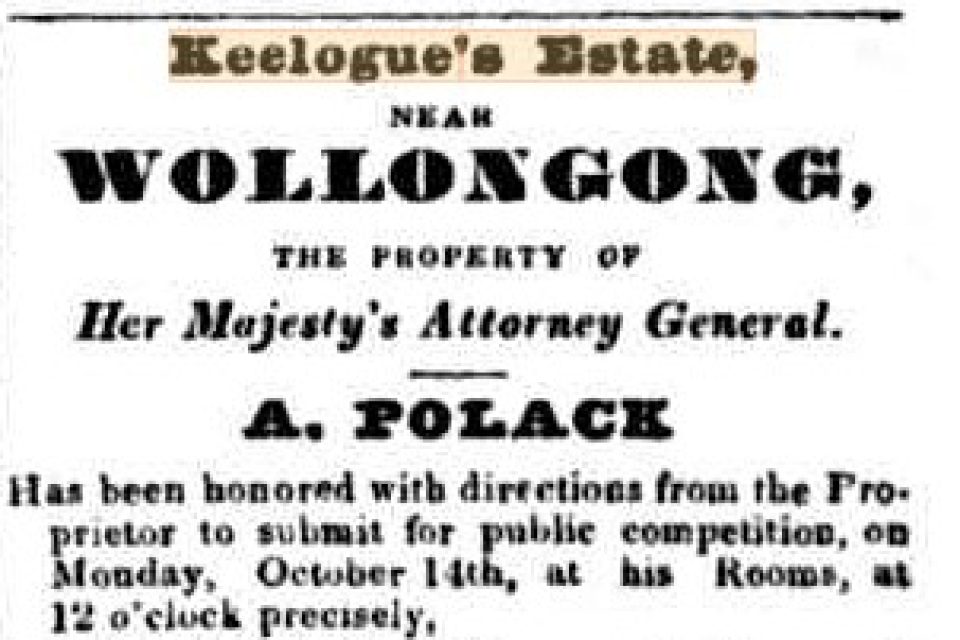
In early March 1830, approval was given to Blaxland to receive 9600 acres (3885 ha), but with strict conditions, the first of which was that he would immediately receive 1280 acres (518 ha) and was required to clear one third of that property within seven years. Forty acres (16 ha) was required to be under the culture of tobacco. On meeting these conditions he would receive a further 1280 acres (518 ha) under the same conditions.
“Blaxland was not happy with the conditions imposed, stating that these would make his business venture unworkable,” the Historical Society article said.
He finally accepted the terms on 5 May 1830 and wrote to the Colonial Secretary confirming his selection of 1280 acres (518 ha) for immediate possession.
He described the location which today is Figtree, on both sides of O’Brien’s Road – “bounded on the east by Mr Spearing’s grant and some small settlers on the south by the section line forming Jemima Jenkins’ north boundary on the west and on the north by mountain”.
The Historical Society article said: “Blaxland was an absentee landowner and he appointed an assigned convict, Thomas Mahar, as his resident overseer.
“Huts were erected and at least four other assigned convicts were employed, no doubt engaged in clearing the land.
“But things did not go well for Blaxland. On the night of 7 April 1831, an armed robbery took place at the overseer’s hut.
“As the robbers were leaving, Mahar shot dead one of the five culprits who turned out to be Thomas Caton, also one of Blaxland’s assigned convicts.
“Caton had joined with four other local convicts to rob the hut of clothing and spirits.
“Three of the robbers were assigned to Mr Mathew Ryan, an adjoining small landholder. One was identified as Lawrence Moore. They were all apprehended and sent to Sydney for trial.
“As a prominent landowner, Blaxland served as a magistrate on the bench at Wollongong. But this also did not go well for him as there were complaints about his frequent absences.
“Over the next two years Blaxland made no progress with his tobacco farm and his land grant was revoked on 4 April 1833, when the Colonial Secretary informed the Surveyor General that: ‘Mr Blaxland has been apprised that his project for growing tobacco under the patronage of the government is at an end; and request that you will accordingly consider the remainder of the land reserved for this purpose as open to selection’.
“By then Blaxland had permanently removed to the Hunter and little more was heard of him for the next two decades.
“He lived to the age of 74 but committed suicide on 1 January 1853.
“Blaxland was known for his moody and mercurial character. His mental health was affected by the early death of two sons and his wife as well as some close associates.”
According to the Historical Society, Blaxland’s Illawarra land was acquired by John Hubert Plunkett early in 1837. Plunkett was Solicitor General of the Colony in 1832, and became Attorney General in 1833.
He subsequently subdivided the land and the Keelogues Estate was advertised for sale in 1839. Over the years, the land was subdivided further to form the suburbs of Figtree and West Wollongong.









